Full source code to generate the STLs, DXFs, and SVGs for this project can be found in our github page.
A lot of help was provided by Xavier, the SoFAB Fab Manager, as well as a couple of experienced makers: Guy who helped me make the overmold and provided invaluable advice on mold design and plastic injection, Pascal who shared his experience with plastic injection, and Laurent who criticized the design over the course of the 18 months it took me to bring this project from idea to prototype.
 Mathieu Lacage
Mathieu Lacage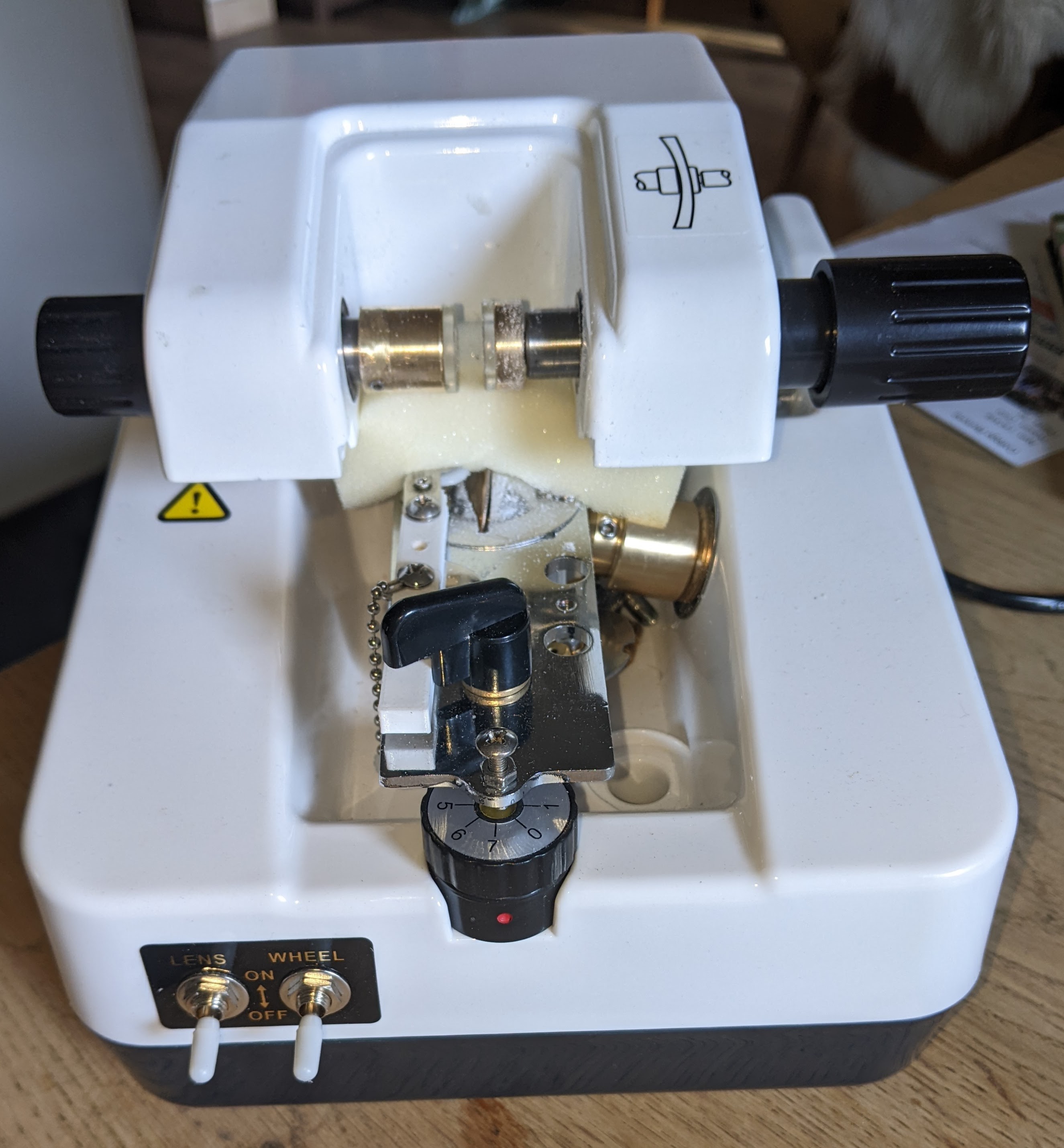
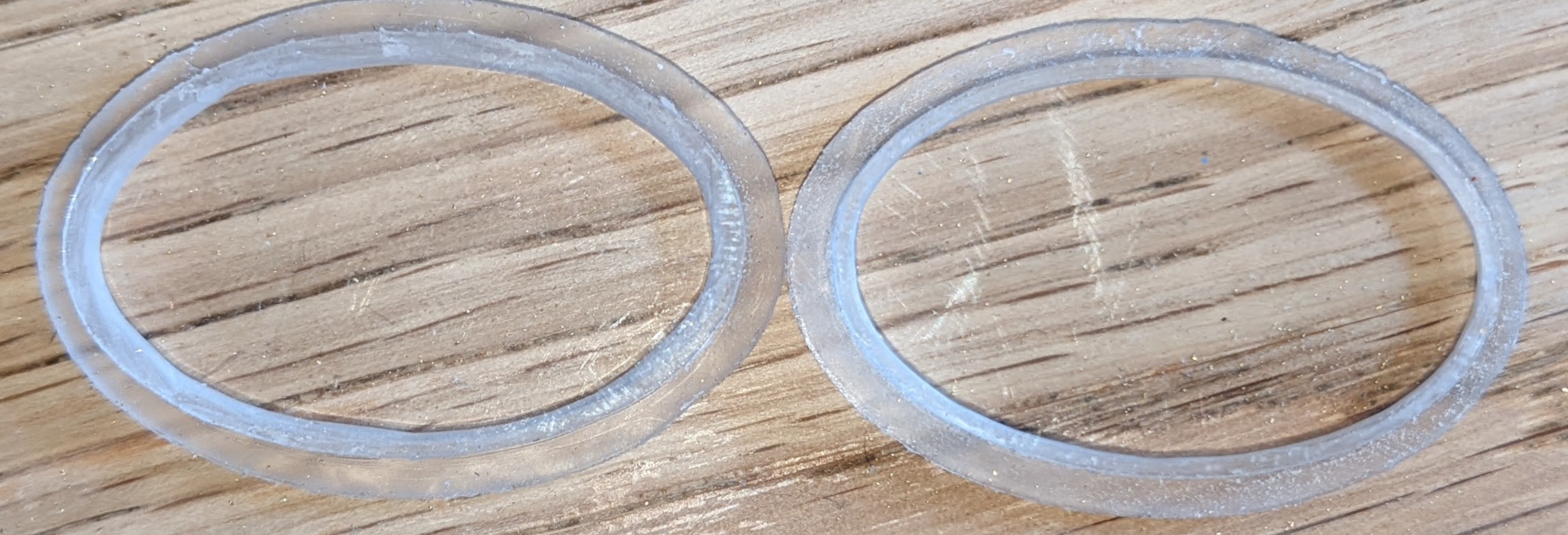
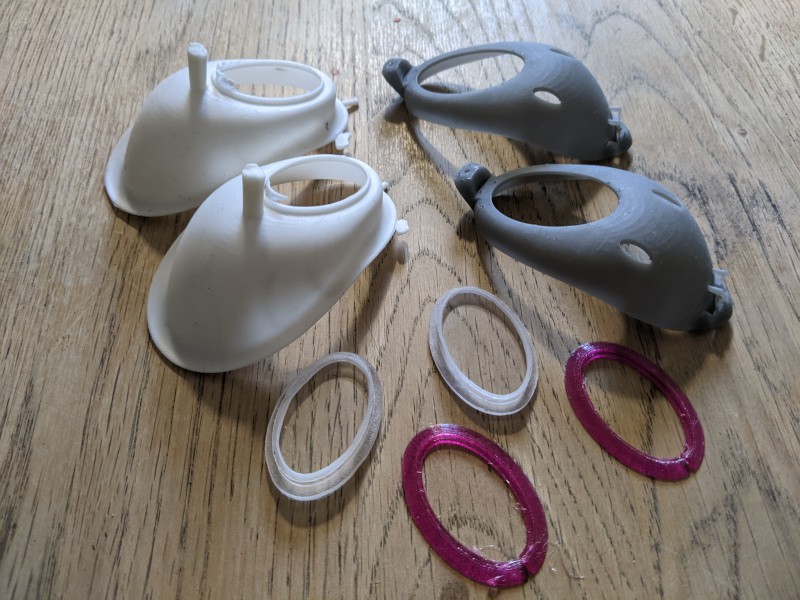
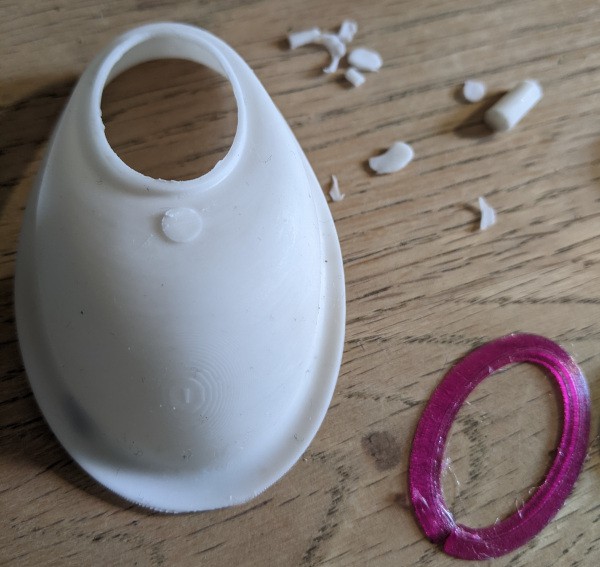

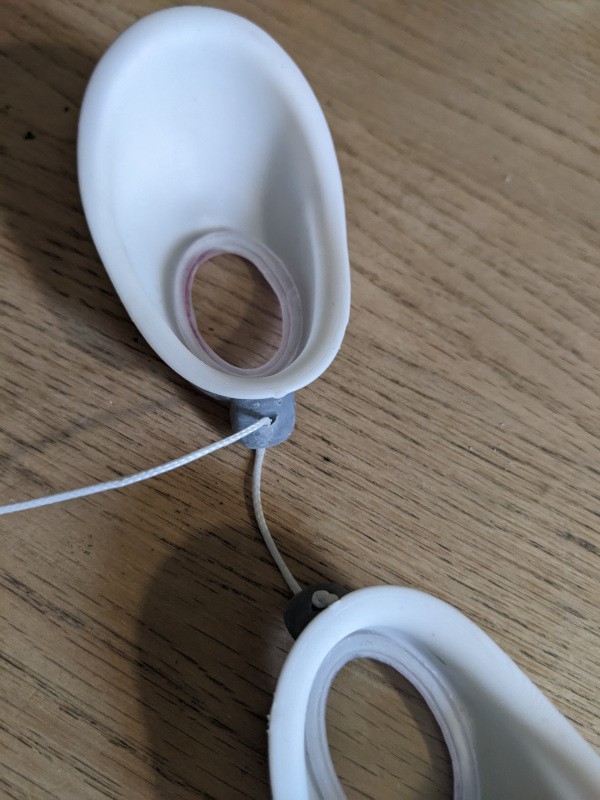

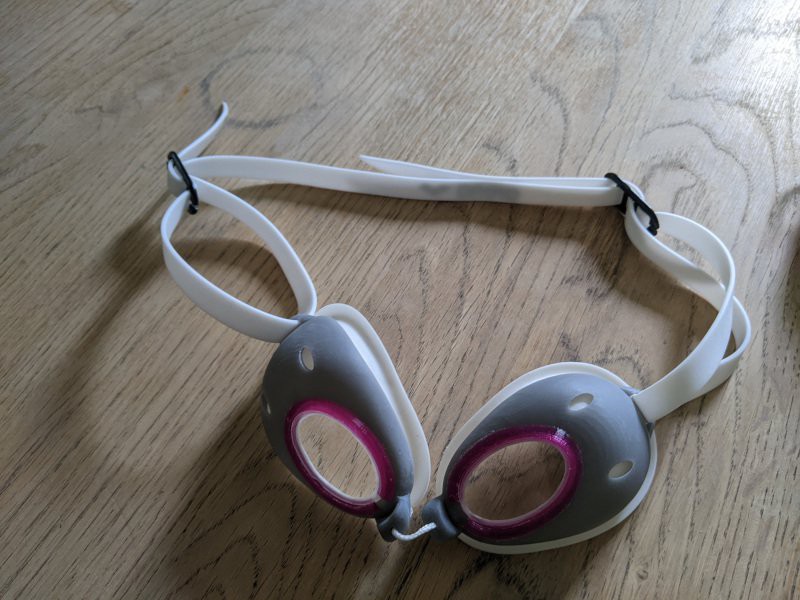
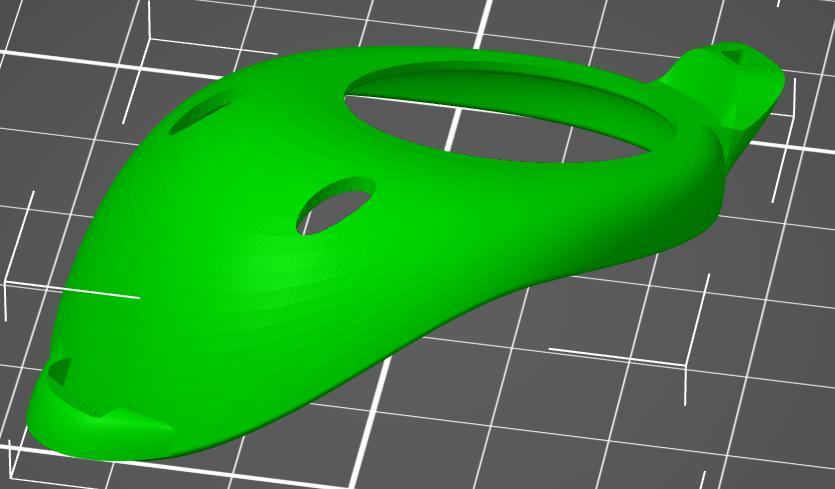
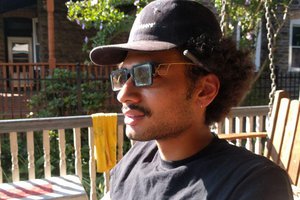
 David Troetschel
David Troetschel
 Fabian
Fabian
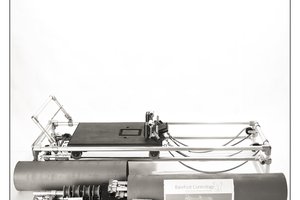
 joseph
joseph